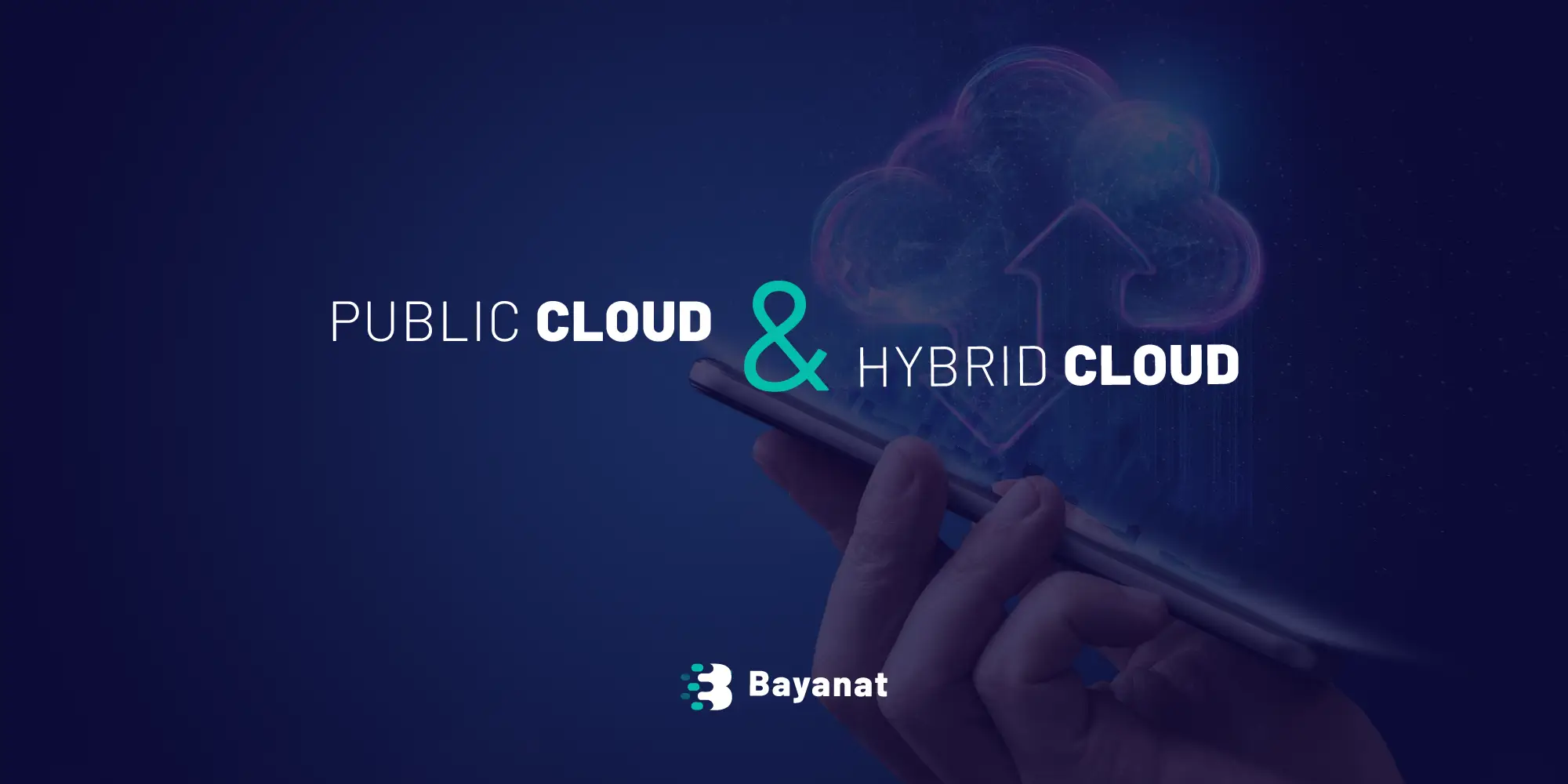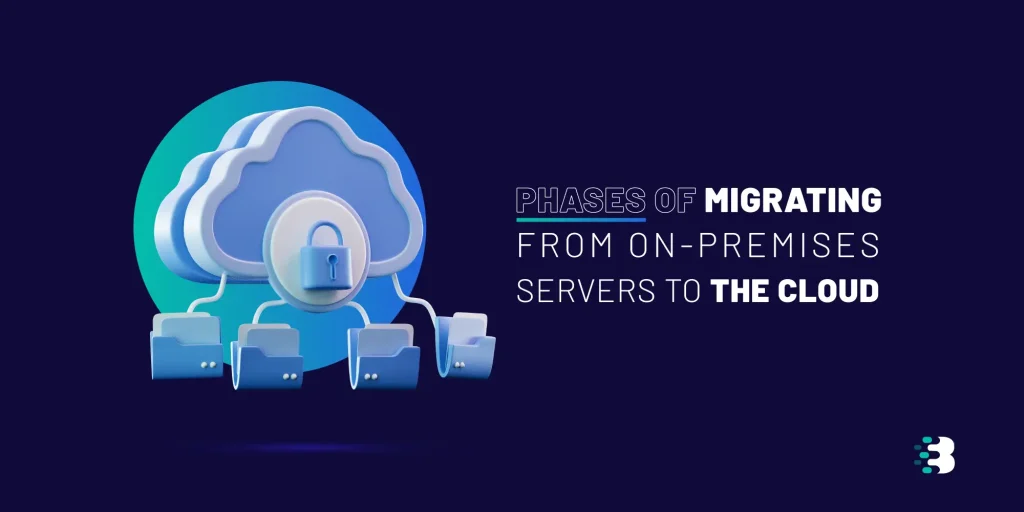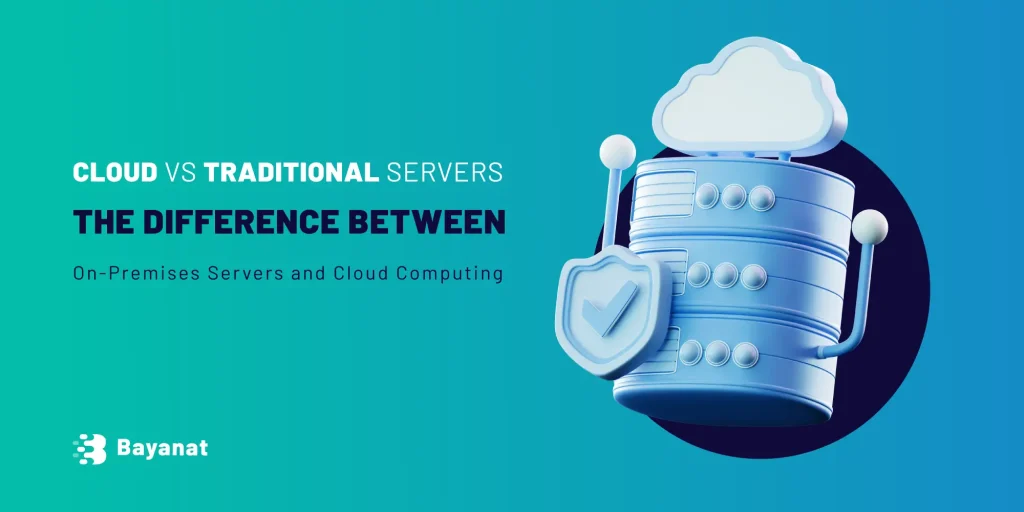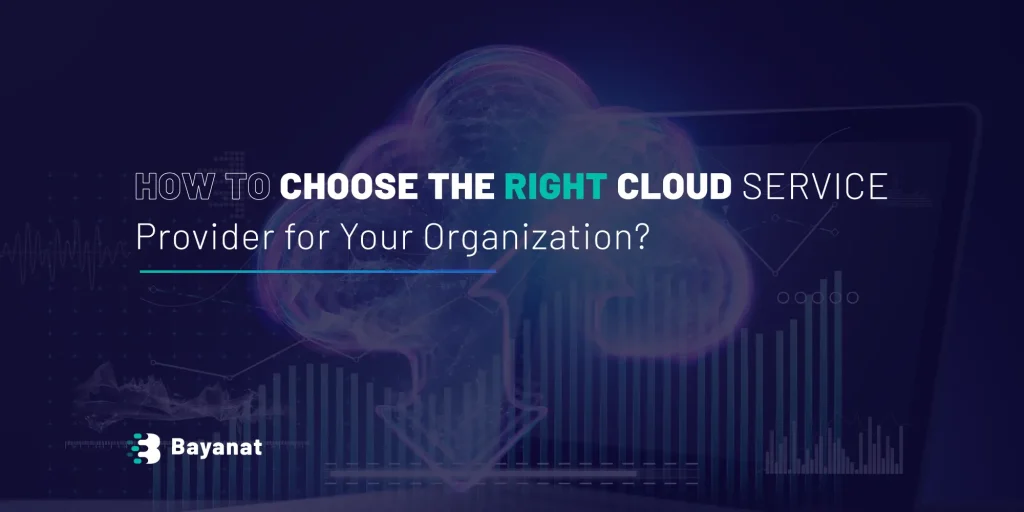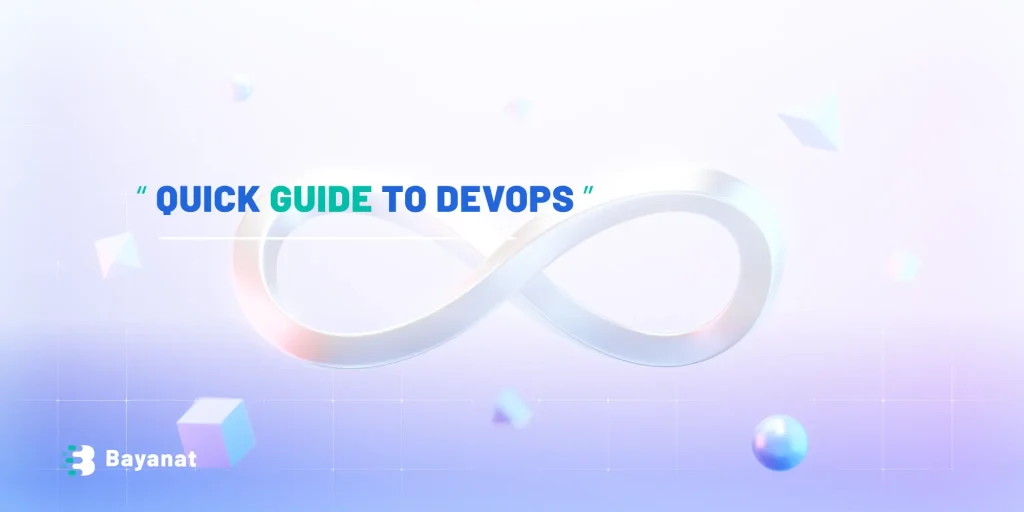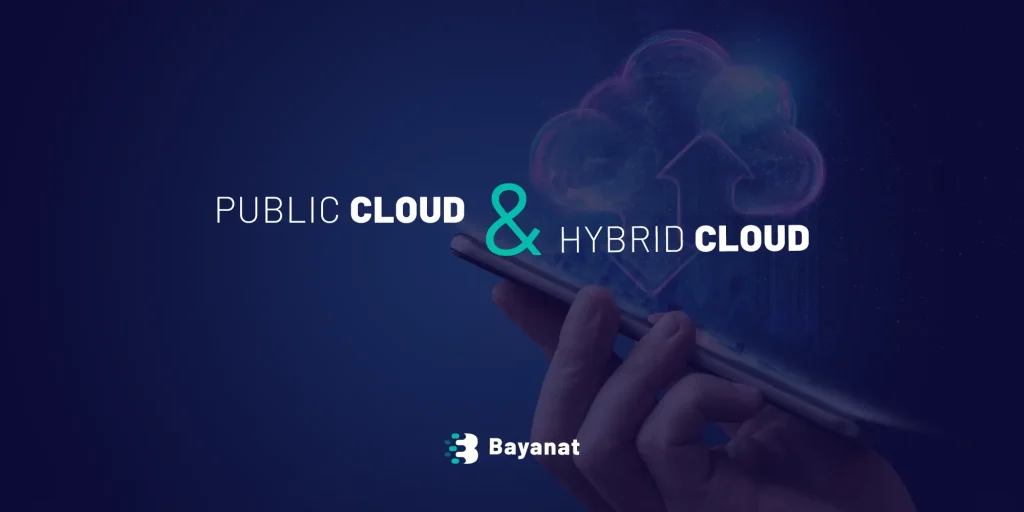What is Public Cloud?
Public Cloud refers to cloud services offered by third-party providers (such as AWS, Microsoft Azure, or Google Cloud) over the internet. These services are available to anyone who wants to use them. The infrastructure is fully owned and managed by the service provider, and customers share the same physical servers and resources while their data remains isolated and secure.
What is Hybrid Cloud?
Hybrid Cloud is a combination of different types of cloud environments, typically merging a Private Cloud (owned and managed by the organization itself) with a Public Cloud. These two environments are connected, allowing data and applications to move seamlessly between them. The goal is to leverage the advantages of both: the scalability of the Public Cloud and the control and security of the Private Cloud.
Key Differences Between Public Cloud and Hybrid Cloud
- Ownership: In Public Cloud, all infrastructure is owned and managed by the service provider. In Hybrid Cloud, the organization owns part of the infrastructure and uses Public Cloud services for additional resources.
- Security: Hybrid Cloud offers a higher level of security by keeping sensitive data within the Private Cloud, while Public Cloud security is strong but shared across multiple customers.
- Cost: Public Cloud is usually cheaper initially because it eliminates the need for large upfront investments. Hybrid Cloud can be more expensive due to managing and maintaining two separate environments.
- Flexibility: Hybrid Cloud is more flexible, allowing organizations to move workloads between Private and Public environments as needed. Public Cloud offers less control over where and how data is stored.
- Control: Hybrid Cloud gives organizations greater control over their infrastructure and applications, whereas Public Cloud users rely heavily on the provider’s policies and infrastructure setup.

